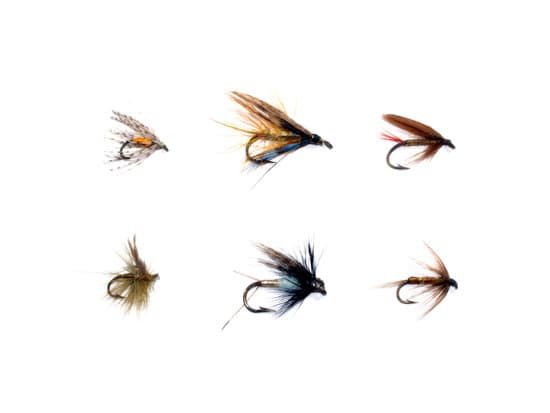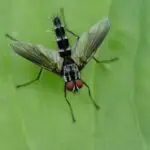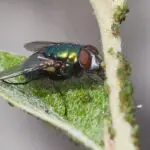Why Are Flies So Common?
A large infestation of flies can be a real nuisance, but it can also be dangerous. This is because house flies are carriers of bacteria. They come from unsanitary areas and can transfer this bacteria to your things, making them a health hazard. Here are some tips to keep your house free from flies.
Houseflies are the most common kind of flies found in the home. These flies are small, with hairy bodies and wings that are translucent. They are very fast and agile and can move up to 20 miles from the place where they hatched. They are attracted to food and waste, and they enter the house hitchhiking from outside. Horse flies, on the other hand, are not common indoors, but sometimes enter homes through open windows.
Flies have many different diets. Many of them feed on plant and fungi. Some lay eggs in leaves and stems, and the larvae convert the plant into a gall. This gall serves to protect the flies and provide them with extra nutrients. However, some species of flies are parasitic and feed on vertebrates.
During their larval stage, female flies produce hundreds of eggs. They then lay these eggs in a suitable location where larvae can feed. This process of development is dependent on the temperature of the environment. It can take as little as seven days for the eggs to mature into an adult fly. During their larval stage, the female fly can lay up to several batches of eggs, each batch containing around 100 eggs.








